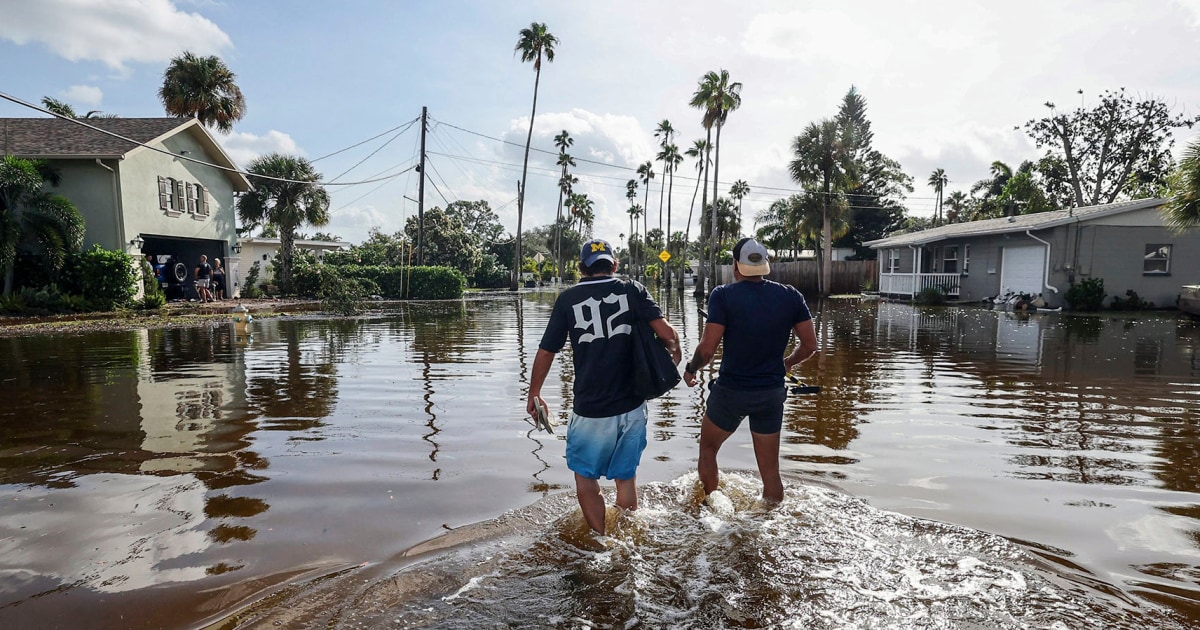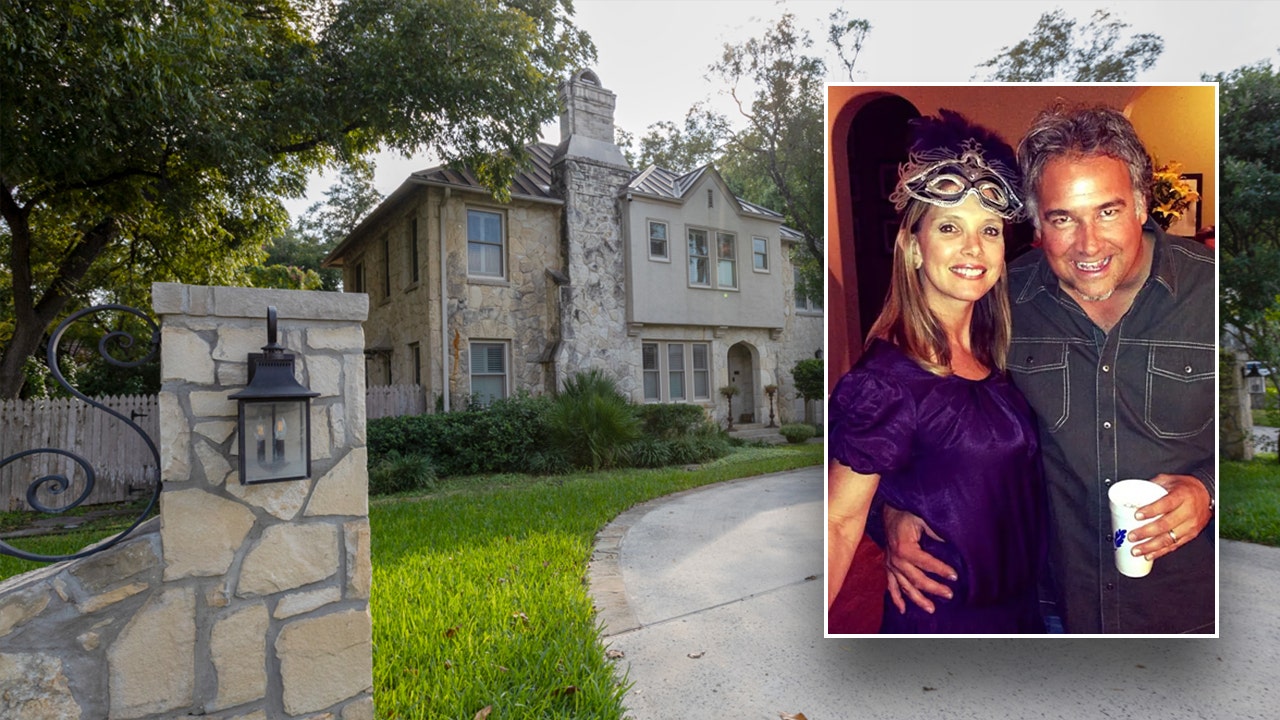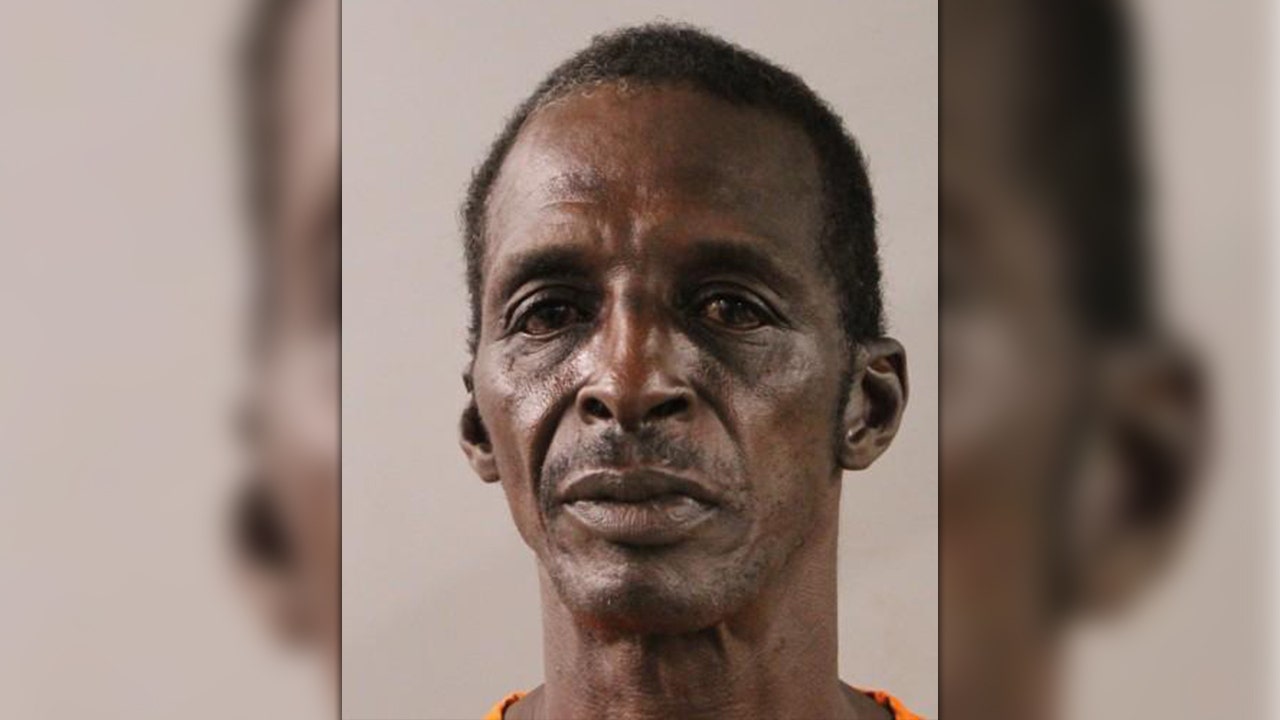Hurricane Helene killed at least 22 people and left millions without power across the Southeast before weakening on its way north Friday morning, officials said.
Widespread damage was expected in Florida’s Big Bend region, where Helene made landfall as a Category 4 shortly after 11 p.m. ET on Thursday. It was the strongest storm to ever strike the area, which connects Florida’s panhandle and peninsula.
By Friday morning, Floridians woke up to extensive damage from the devastating flooding, high-speed winds, and heavy rain.
Follow along for live coverage
Water levels in some parts of the region reached more than 15 ft. above ground level, the National Hurricane Center said, citing preliminary storm surge models.
In Perry, Florida, where officials urged residents who refused to evacuate to write their information on their bodies for identification, police chief Jamie Cruse braced himself for the storm’s aftermath as first responders began rescue operations.
“We’re starting to get the first glimpse of what we actually have laying on the ground and what we’re going to be dealing with,” he told NBC News. “The only regret I have at this moment is we weren’t aggressive enough in the notification to tell people to evacuate the areas that were prone to flooding.”
“I just hope that when we finally discover what we’re dealing with that we don’t have a big loss of life,” he added.
Officials in Clearwater, further south along Florida’s Gulf Coast, also feared the worst after seeing overnight footage of first responders rescuing elderly locals in knee-deep flood water.
“We had some homes burn to the ground out on the island. There were some folks that we just couldn’t get to because of high waters to rescue,” Clearwater mayor Bruce Rector told NBC’s “TODAY” show.
The storm is blamed for at least 11 deaths in Georgia, including a first responder, Georgia Gov. Brian Kemp said at a news conference. “One of our finest has lost his life trying to save others,” he said.
Five deaths were reported overnight in Pinellas County, Florida, officials said. The sheriff’s office said two of the deaths appear to have been due to drowning.
Florida Gov. Ron DeSantis told reporters that one person died in Dixie County after a tree fell on a home. Another fatality was reported after a road sign fell onto a car.
In North Carolina, Gov. Roy Cooper said there were two storm-related deaths. A 4-year-old child was killed in a car crash during heavy rain in Catawba County just after 8 a.m. ET, the North Carolina State Highway Patrol said.
Three other children who were in the cars were hospitalized: A 12-year-old with life-threatening injuries, a 2-year-old with life-threatening injuries, and a 4-year-old with non-life-threatening injuries.
Another person died in Charlotte after a tree fell on the home.
Hurricane-felled trees caused two deaths in Anderson County, South Carolina, officials said.
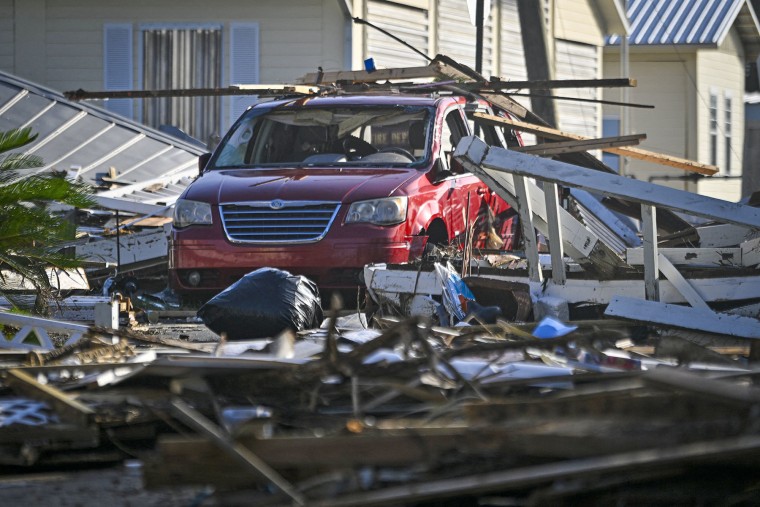
Meanwhile, more than 4.3 million people are experiencing power outages in South Carolina, Georgia, Florida, North Carolina and Virginia, according to poweroutage.us, which tracks utility data.
Florida Power & Light Company said it restored power to at least 460,000 customers, which is more than 65% of the total number affected, as of 6 a.m.
A spokesperson said the company won’t know how long it could take to restore power for the remaining 214,000 people still in the dark until crews can safely survey the damage.
Duke Energy Florida said nearly 198,000 customers had their power restored, while more than 402,000 were still experiencing outages. Workers will need to wait until the flooding recedes in some of the hardest-hit areas, but a full restoration was expected in days, Duke Energy spokesperson Ana Gibbs said.
“It will not take weeks,” she said.
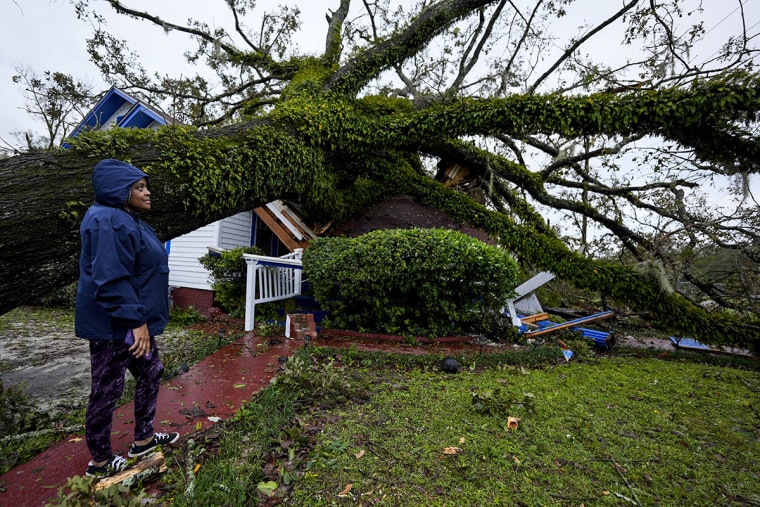
Now a tropical storm, Helene is expected to bring damaging wind gusts and catastrophic flooding as it heads north across the Southeast, according to the National Hurricane Center. The agency said people who live in the southern Appalachians should brace for possible long-term power outages.
A flash flood emergency is in effect for the Atlanta metropolitan area, officials said. Twelve million people are at risk for tropical tornadoes across the eastern Carolinas and southern Virginia, including the cities of Charleston, Wilmington, Charlotte, Raleigh and Norfolk.
At 11 a.m., the storm was 30 miles southwest of Bryson City, North Carolina, moving northward with maximum sustained winds of 45 mph.
President Joe Biden approved emergency declaration requests, allowing federal assistance to Georgia, Florida, Alabama, North Carolina and South Carolina, and ordered more than 1,500 federal personnel to be deployed to the region.



